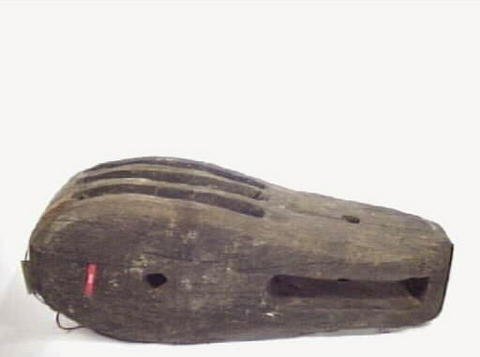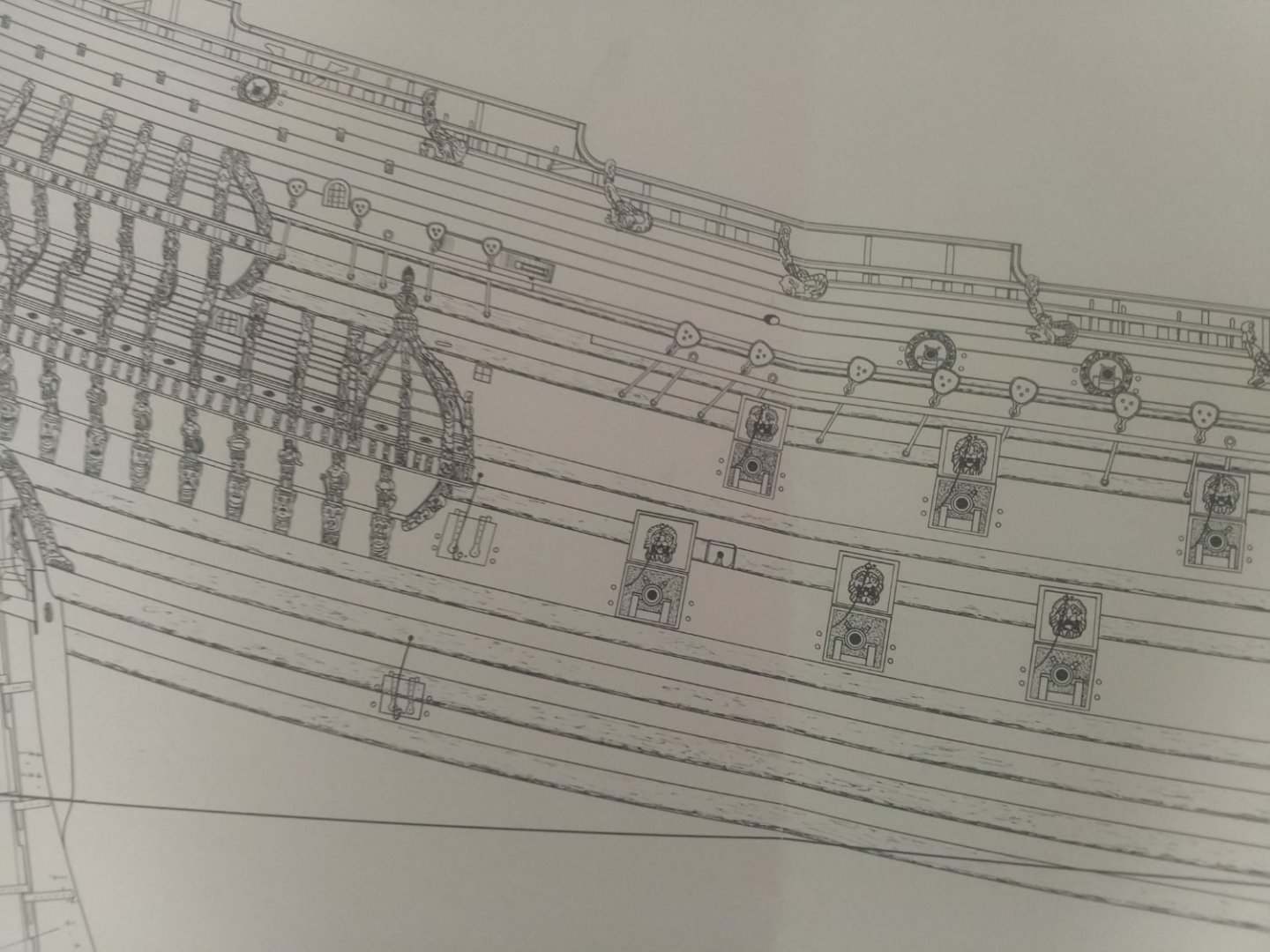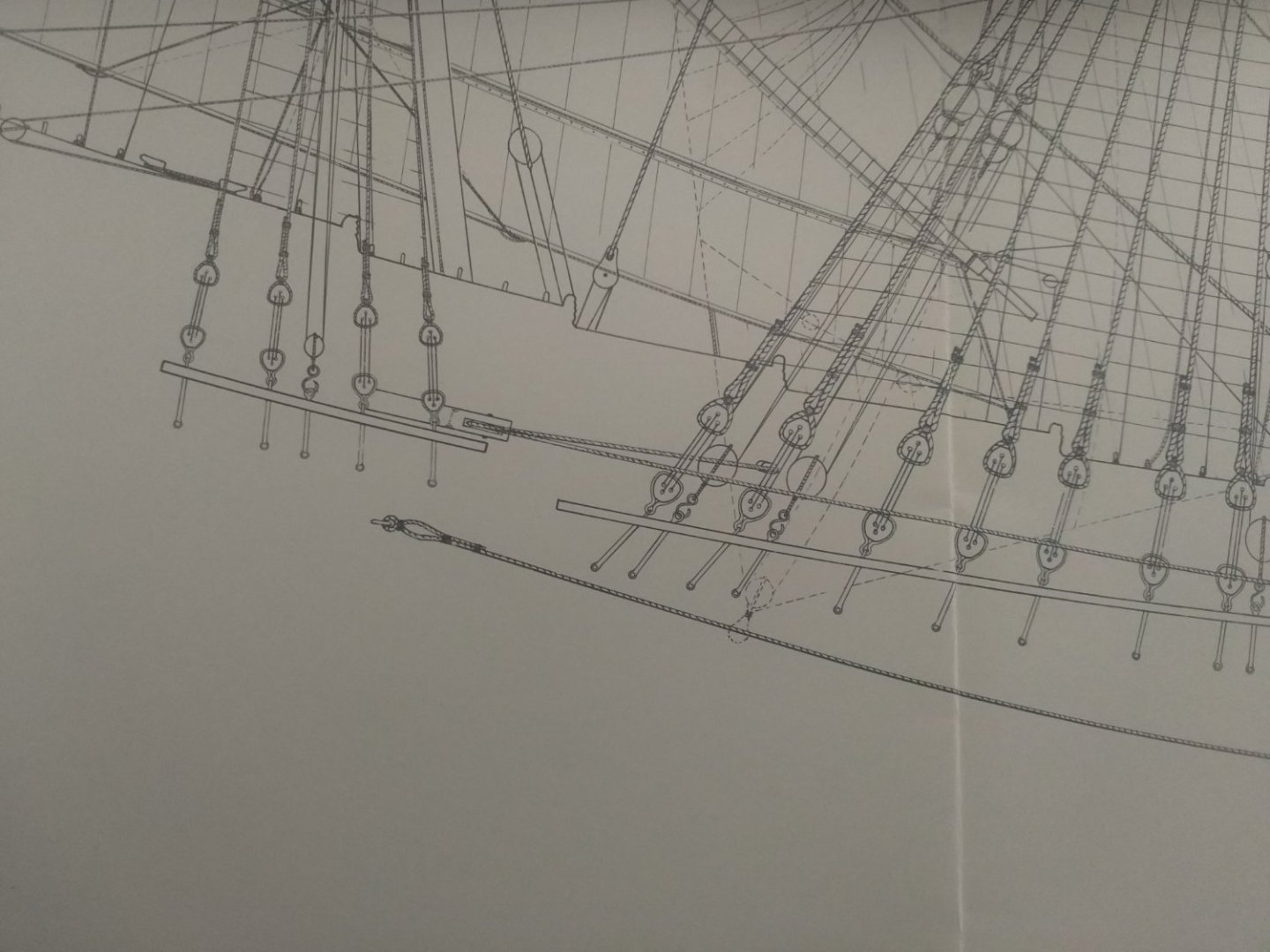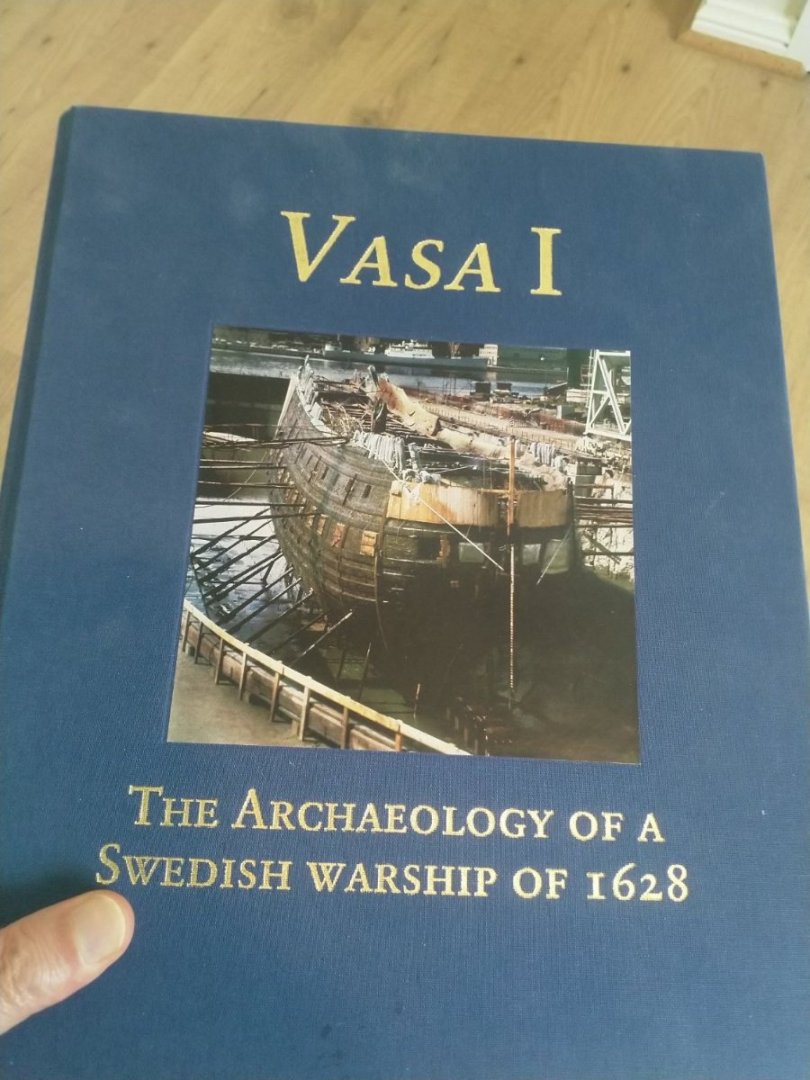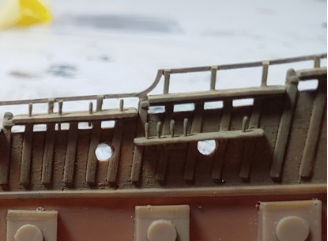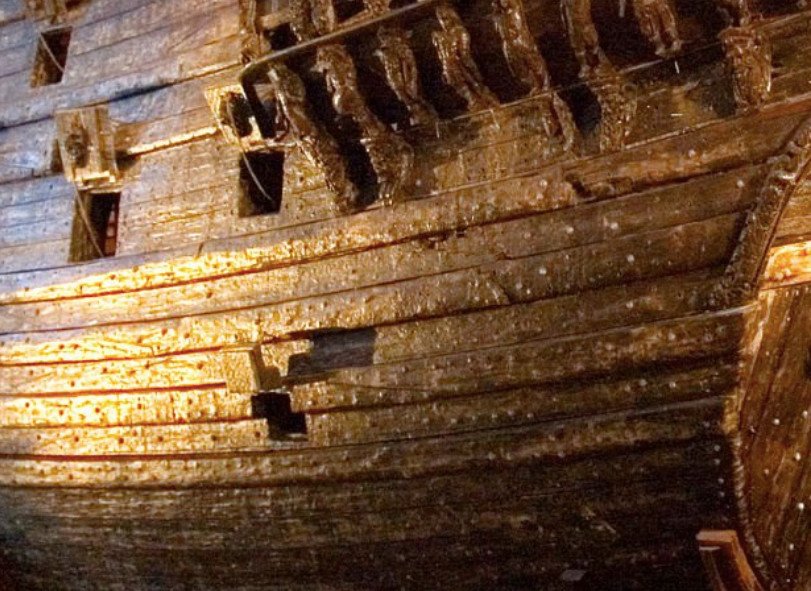-
Posts
212 -
Joined
-
Last visited
About baskerbosse
- Birthday 11/23/1965
Profile Information
-
Gender
Male
-
Location
Sydney
Recent Profile Visitors
-
 baskerbosse reacted to a post in a topic:
Vasa By 72Nova - FINISHED - Airfix - PLASTIC
baskerbosse reacted to a post in a topic:
Vasa By 72Nova - FINISHED - Airfix - PLASTIC
-
 baskerbosse reacted to a post in a topic:
Vasa By 72Nova - FINISHED - Airfix - PLASTIC
baskerbosse reacted to a post in a topic:
Vasa By 72Nova - FINISHED - Airfix - PLASTIC
-
 baskerbosse reacted to a post in a topic:
Vasa By 72Nova - FINISHED - Airfix - PLASTIC
baskerbosse reacted to a post in a topic:
Vasa By 72Nova - FINISHED - Airfix - PLASTIC
-
 baskerbosse reacted to a post in a topic:
Vasa By 72Nova - FINISHED - Airfix - PLASTIC
baskerbosse reacted to a post in a topic:
Vasa By 72Nova - FINISHED - Airfix - PLASTIC
-
 baskerbosse reacted to a post in a topic:
Vasa By 72Nova - FINISHED - Airfix - PLASTIC
baskerbosse reacted to a post in a topic:
Vasa By 72Nova - FINISHED - Airfix - PLASTIC
-
 baskerbosse reacted to a post in a topic:
Vasa By 72Nova - FINISHED - Airfix - PLASTIC
baskerbosse reacted to a post in a topic:
Vasa By 72Nova - FINISHED - Airfix - PLASTIC
-
 baskerbosse reacted to a post in a topic:
Vasa By 72Nova - FINISHED - Airfix - PLASTIC
baskerbosse reacted to a post in a topic:
Vasa By 72Nova - FINISHED - Airfix - PLASTIC
-
 baskerbosse reacted to a post in a topic:
Mayflower by LCdr Dave - Billing Boats - 1:60
baskerbosse reacted to a post in a topic:
Mayflower by LCdr Dave - Billing Boats - 1:60
-
 baskerbosse reacted to a post in a topic:
Mayflower by LCdr Dave - Billing Boats - 1:60
baskerbosse reacted to a post in a topic:
Mayflower by LCdr Dave - Billing Boats - 1:60
-
Hi Dan, Yes your observation is correct, Vasa's guns are not 90 degrees to the centreline, they are pointing in a fan pattern, roughly 90 degrees to the hull side. As this was before the days of line battle. Great looking Soleil Royal. Cheers! Peter
- 94 replies
-
- Ship of the line
- Heller
-
(and 2 more)
Tagged with:
-
 baskerbosse reacted to a post in a topic:
Vasa By 72Nova - FINISHED - Airfix - PLASTIC
baskerbosse reacted to a post in a topic:
Vasa By 72Nova - FINISHED - Airfix - PLASTIC
-
 72Nova reacted to a post in a topic:
Vasa By 72Nova - FINISHED - Airfix - PLASTIC
72Nova reacted to a post in a topic:
Vasa By 72Nova - FINISHED - Airfix - PLASTIC
-
 Old Collingwood reacted to a post in a topic:
Vasa By 72Nova - FINISHED - Airfix - PLASTIC
Old Collingwood reacted to a post in a topic:
Vasa By 72Nova - FINISHED - Airfix - PLASTIC
-
 Old Collingwood reacted to a post in a topic:
Vasa By 72Nova - FINISHED - Airfix - PLASTIC
Old Collingwood reacted to a post in a topic:
Vasa By 72Nova - FINISHED - Airfix - PLASTIC
-
 Old Collingwood reacted to a post in a topic:
Vasa By 72Nova - FINISHED - Airfix - PLASTIC
Old Collingwood reacted to a post in a topic:
Vasa By 72Nova - FINISHED - Airfix - PLASTIC
-
 Old Collingwood reacted to a post in a topic:
Vasa By 72Nova - FINISHED - Airfix - PLASTIC
Old Collingwood reacted to a post in a topic:
Vasa By 72Nova - FINISHED - Airfix - PLASTIC
-
 Old Collingwood reacted to a post in a topic:
Vasa By 72Nova - FINISHED - Airfix - PLASTIC
Old Collingwood reacted to a post in a topic:
Vasa By 72Nova - FINISHED - Airfix - PLASTIC
-
 Old Collingwood reacted to a post in a topic:
Vasa By 72Nova - FINISHED - Airfix - PLASTIC
Old Collingwood reacted to a post in a topic:
Vasa By 72Nova - FINISHED - Airfix - PLASTIC
-
 Old Collingwood reacted to a post in a topic:
Vasa By 72Nova - FINISHED - Airfix - PLASTIC
Old Collingwood reacted to a post in a topic:
Vasa By 72Nova - FINISHED - Airfix - PLASTIC
-
 Old Collingwood reacted to a post in a topic:
Vasa By 72Nova - FINISHED - Airfix - PLASTIC
Old Collingwood reacted to a post in a topic:
Vasa By 72Nova - FINISHED - Airfix - PLASTIC
-
 Old Collingwood reacted to a post in a topic:
Vasa By 72Nova - FINISHED - Airfix - PLASTIC
Old Collingwood reacted to a post in a topic:
Vasa By 72Nova - FINISHED - Airfix - PLASTIC
-
I agree, It might not be immediately visible, but given a few years (and especially summers), thin spars eventually permanently bend with even the smallest tension on the rigging. I'm currently restoring a Revell Victory that I built as a child, probably late 1970s. Most yards have a bend backwards. Also since the plastic becomes brittle with age, slightest brushing against thinner spars snaps them without any resistance. Chers, Peter
-
No, the rigging of these deadeyes are quite different; Got this from Fred Hocker many years ago(from memory): Pass the lanyard half way through between the four hole deadeye and the collar's top end and seize it there so you essentially have two lanyards. Pass one end through the lower middle hole of the six hole deadeye, then through the closest port side hole of the four hole deadeye. Then up through the closest hole on the port side of the six hole deadeye, followed by the furthest port side hole of the four hole deadeye. Lastly through the furthest port side hole of the six hole deadeye and then down to the stay collar of the four hole deadeye and seize it there. Repeat for starboard side. (starting through upper middle hole of six hole deadeye) All holes used! Hope this helps? Peter
-
Yes, that should be a fair enough belaying plan. Probably be an even better one in Vasa II though, I would guess.. 🙂 The plans that Fred would have posted was probably the old museum plans. They are still pretty good, but as you said, has some errors due to new research discovering new things. As for the main stay collar, it is correct with six holes for the upper deadeye and four holes for the lower. It is thought that fore, main and mizzen stays were all rigged this way, though it's only for the fore stay that both deadeyes survive. You will notice that the main halliard is in the way when you try to rig the mizzen stay in the same way. This stay will need to go on the port side of the main mast in order to provide clearance for the halliard.. Hope this helps. Cheers, Peter
-
Looking good! The dotted line is the outline of the port side of the mainsail. The dotted block you see is for the clewline.
-
Looks good. Found the plans (the older ones from the museum), here's the relevant area for the sheet. (the line in the top left, coming through the block then tied to the poop kevel, is the mainsail brace)
-
From what Fred said, they removed the previously installed pinrail to investigate the original fastenings. This would put the kevel just in front (and above) the gun. And yes, there would just be a hole, as the sheet then doesn't change direction...
-
Keval looks good. Might want to move it a bit though (sorry). I don't think the run of the sheet should switch direction when going through the bulwark. It would make it difficult to sheet home. Also, there's no sheave there.. Small detail: The sheave is pointing a bit to much downwards, compare with Waldemar's side view above. Cheers, Peter
-
It should be somewhere between 50 - 60 centimeters between the horns, real size. RC Anderson's book is very good, but I'd go with museum plans where possible, as these are based on evidence found on the ship. There are errors though, and Vasa II should bring things up to current understanding. (avoid Mondfeld -Since, as Fred puts it 'almost everything is wrong' there) There was no real 'standard' at the time and there would be differences in how things were done, region to region and even from ship to ship. Note that while the ship itself was built under contract with a dutch shipbuilder, rigging in the swedish navy at the time was contracted out to to a Scottish contractor, John Clerk. While the rigging has similarities with dutch rigging, there are clear differences (the halliard ties going through sheaves in the cheeks for example) Another example of a ship rigged by a scotsman in Denmark and sharing some of these features with the Vasa is seen in this famous ivory/silver model of Norske Løve from 1654: https://www.kongernessamling.dk/en/rosenborg/object/ship-carved-in-ivory/ Peter
-
Followup of Vasa I by Fred Hocker et al, published by the museum. Vasa I was mainly focussing on the hull and the archeology, Vasa II will be mainly about the rigging. It's been in the works for over ten years now and has grown to now be two books, plus a set of plans. (Vasa I book)
-
Hi Michael, Looking back on your thread I noticed you installed this pinrail: According to Fred Hocker, this pinrail was a mistake in the reconstruction and was removed from the ship in 2006. A pinrail here would not work and would interfere with the guns, (plus there are not many lines to belay here) A reexamination of the evidence/fastenings on the ship indicates that there was most likely a large horizontal cleat or a kevel here for the main sheet. There are many details like this that will be included in Vasa II, (maybe coming out at the end of the year?) Cheers, Peter
-
Note also that in general, lower gunports are bigger than upper gunports. This dates back to earlier plans for armament that specified smaller guns for upper gundeck, this was later changed to a standardised complement of 24 pounders on both decks. Also, the small messenger port would be nearly invisible when closed, as the port lid profile matches the wales: Just an FYI for those who may not be aware, Google Scholar is a great resource for scientific papers, such as the paper by Fred mentioned by Waldemar above. Cheers, Peter
About us
Modelshipworld - Advancing Ship Modeling through Research
SSL Secured
Your security is important for us so this Website is SSL-Secured
NRG Mailing Address
Nautical Research Guild
237 South Lincoln Street
Westmont IL, 60559-1917
Model Ship World ® and the MSW logo are Registered Trademarks, and belong to the Nautical Research Guild (United States Patent and Trademark Office: No. 6,929,264 & No. 6,929,274, registered Dec. 20, 2022)
Helpful Links
About the NRG
If you enjoy building ship models that are historically accurate as well as beautiful, then The Nautical Research Guild (NRG) is just right for you.
The Guild is a non-profit educational organization whose mission is to “Advance Ship Modeling Through Research”. We provide support to our members in their efforts to raise the quality of their model ships.
The Nautical Research Guild has published our world-renowned quarterly magazine, The Nautical Research Journal, since 1955. The pages of the Journal are full of articles by accomplished ship modelers who show you how they create those exquisite details on their models, and by maritime historians who show you the correct details to build. The Journal is available in both print and digital editions. Go to the NRG web site (www.thenrg.org) to download a complimentary digital copy of the Journal. The NRG also publishes plan sets, books and compilations of back issues of the Journal and the former Ships in Scale and Model Ship Builder magazines.





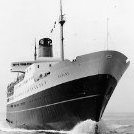
.jpg.d84ec4dad1d7791e855dca06210ab6f3.thumb.jpg.f45209242e851d4409eca1a09293165b.jpg)
